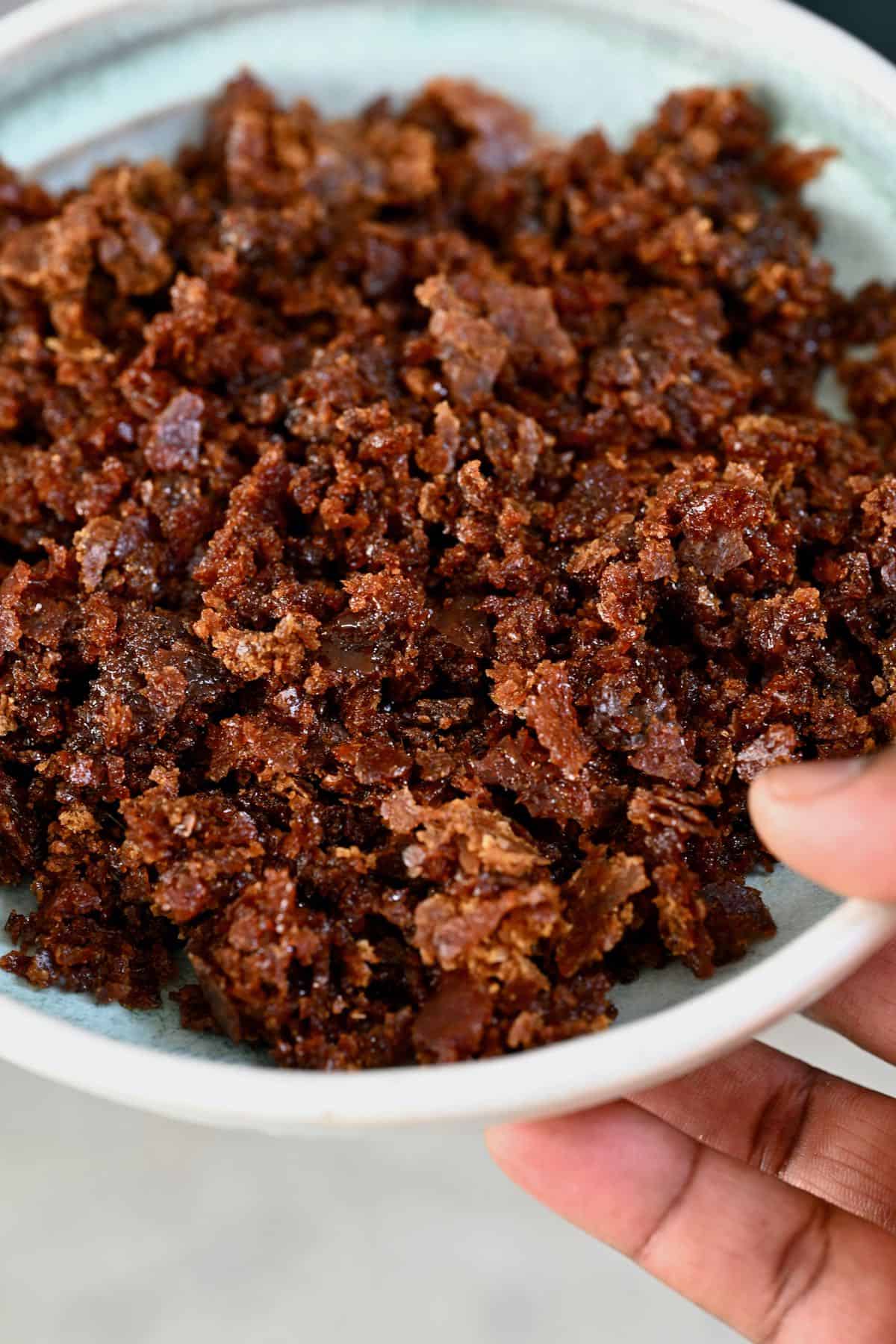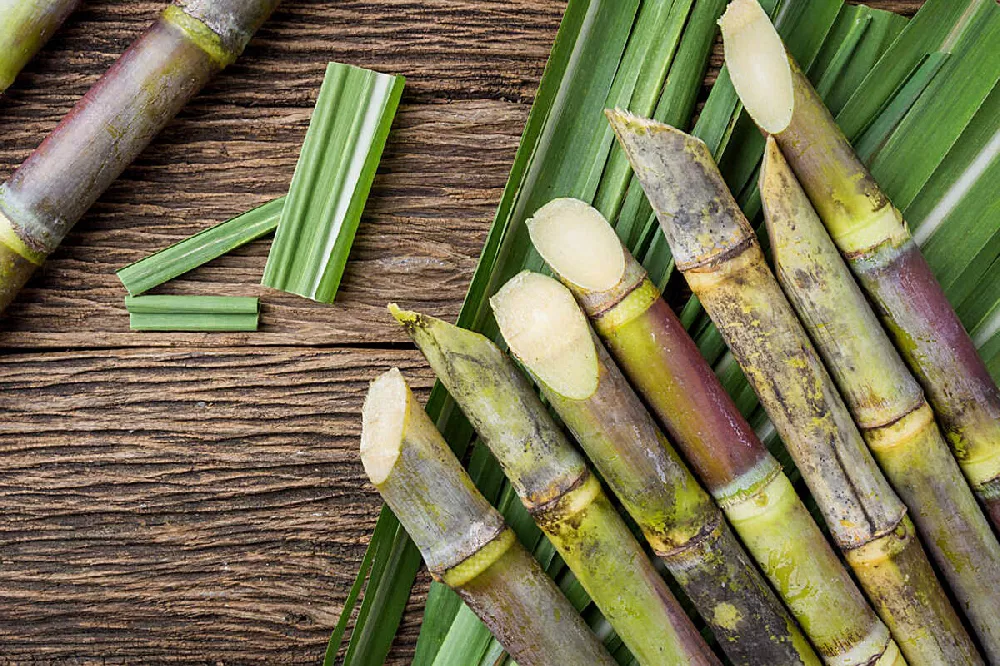The Journey of Cane Sugar Processing: From Harvest to Crystals
The Journey of Cane Sugar Processing: From Harvest to Crystals
Blog Article
Checking Out the Comprehensive Steps Associated With Cane Sugar Handling From Gathering to Refinement
The procedure of walking stick sugar manufacturing includes a series of complex steps, starting with the careful harvesting of sugarcane and finishing in the refinement phases that guarantee the end product fulfills market criteria. Each phase, from the removal of juice to the purification and formation processes, plays a vital role in establishing the high quality and personality of the sugar. Understanding these phases not only highlights the intricacy of sugar production yet also increases critical inquiries about performance, sustainability, and technology in the sector. What effects do these variables have for future methods?
Collecting Sugarcane
Collecting sugarcane is a critical action in the cane sugar processing chain, as it straight affects the top quality and return of the end product. Appropriate timing and methods are vital during this phase to ensure ideal sugar content and reduce losses. Usually, sugarcane is gathered when it reaches maturity, typically 12 to 18 months after planting, defined by a high sucrose concentration.

Post-harvest, the sugarcane should be processed swiftly to avoid sucrose degradation. Ideally, harvested cane should be transported to refining facilities within 24 hr to preserve sugar top quality. Therefore, reliable logistical planning is essential to maintain the honesty of the gathered crop throughout the supply chain.
Removal Refine

The crushed walking stick goes through a collection of pushing operations to make best use of juice recuperation. Commonly, warm water is sprayed onto the crushed cane, creating a countercurrent circulation that assists dissolve the sugar while additionally helping in the extraction procedure. The juice accumulated from this operation contains not just sugar however also numerous natural compounds and contaminations.
:max_bytes(150000):strip_icc()/what-is-cane-sugar-5200549-hero-02-b1985b1d539645fb9a038b9c3e73f681.jpg)
To boost extraction effectiveness, some centers might utilize diffusion techniques, where the sugarcane is saturated in warm water, allowing the soluble sugars to diffuse right into the liquid. The resulting juice, rich in sucrose, is then guided to subsequent handling phases, laying the foundation for purification and refinement. The removal process is thus essential in determining the quality and yield of the final sugar item.
Filtration Strategies
The filtration methods utilized in walking stick sugar processing are crucial for changing the raw juice right into a high-quality sugar item. These approaches largely intend to eliminate pollutants, such as soil, plant materials, and not natural materials, which can detrimentally impact the end product's taste and shade.
One of the most usual filtration methods is information. This process entails including lime and warm to the raw juice, which helps with the coagulation of impurities. The resulting precipitate is then gotten rid of with sedimentation or filtering, yielding a more clear juice. Furthermore, making use of phosphoric acid can enhance the explanation process by further binding contaminations.
One more substantial method is carbonatation, where carbon dioxide is presented to the clarified juice. straight from the source This response produces calcium carbonate, which records staying impurities and advertises their removal.
Furthermore, turned on carbon treatment might be put on adsorb any staying colorants and organic pollutants, ensuring an extra refined product. The combination of these methods efficiently prepares click for more info the sugar juice for succeeding actions in the refining process, establishing the phase for the production of premium walking cane sugar.
Condensation Approaches
After the purification phase, the following critical action in walking cane sugar processing includes formation methods, which play an essential duty in transforming the cleared up juice right into strong sugar. This process normally uses two main approaches: spontaneous crystallization and controlled condensation.
In spontaneous condensation, supersaturated sugar options are permitted to cool down naturally, leading to the formation of sugar crystals over time. This method allows for the uniform growth of sugar crystals and greater pureness.
Throughout formation, the made clear juice is focused with evaporation, enhancing its sugar web content till it gets to supersaturation. When this point is accomplished, either method can facilitate the formation procedure. Cane Sugar Processing. The resultant sugar crystals are then separated from the remaining syrup through centrifugation
Inevitably, the selection of condensation technique affects the high quality, size, and pureness of the last sugar product, making this step necessary in the general walking stick sugar handling procedure.
Improvement and Product Packaging
Exactly how can the pureness and top quality of walking stick sugar be even more enhanced after crystallization? The improvement procedure plays a vital function in achieving high-quality walking stick sugar. Complying with formation, sugar goes through a thorough cleaning to eliminate impurities and recurring molasses. This is usually accomplished making use of warm water or steam, which assists dissolve and remove unwanted components while protecting the sugar crystals.
Next, the sugar undergoes a procedure called centrifugation, where it is spun at broadband to divide over here the cleansed sugar crystals from the continuing to be liquid. After centrifugation, the sugar is usually additional refined through a technique called carbonization or phosphatation, which utilizes turned on carbon or phosphoric acid to get rid of shade and off-flavors.
Once refined, the sugar is dried to attain the wanted moisture web content, making certain that it remains stable during storage space and transport. The last action entails packaging the refined sugar in moisture-proof and closed containers to keep its top quality and prevent contamination. Cane Sugar Processing. Proper packaging not just extends life span yet also facilitates easy handling and distribution, making sure that customers get sugar that fulfills the highest possible criteria of pureness and top quality
Verdict
The comprehensive steps associated with cane sugar handling, from the thorough harvesting of sugarcane to the intricate improvement and product packaging phases, emphasize the relevance of each stage in making sure high-quality sugar manufacturing. Optimal harvesting techniques, efficient removal approaches, and strenuous filtration procedures collectively contribute to the final item's purity and security. The condensation and subsequent product packaging techniques additionally improve the integrity and service life of the sugar, highlighting the intricacy and precision inherent in this vital agricultural industry.
The procedure of walking stick sugar production incorporates a series of intricate actions, starting with the cautious harvesting of sugarcane and finishing in the improvement stages that ensure the last product fulfills market standards. Preferably, gathered cane should be moved to refining facilities within 24 hours to maintain sugar high quality.In spontaneous crystallization, supersaturated sugar remedies are enabled to cool down naturally, leading to the development of sugar crystals over time - Cane Sugar Processing. The improvement process plays an essential duty in accomplishing high-quality walking cane sugar.The extensive actions involved in walking stick sugar processing, from the careful harvesting of sugarcane to the intricate improvement and product packaging stages, emphasize the significance of each stage in guaranteeing top notch sugar production
Report this page